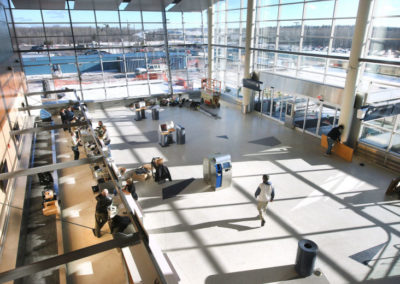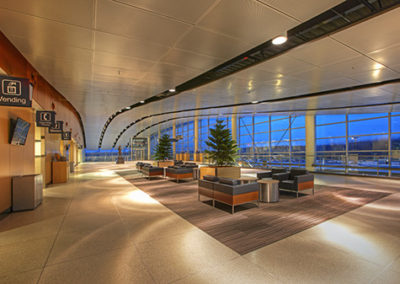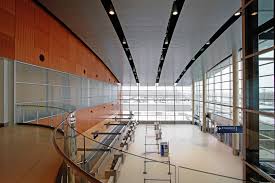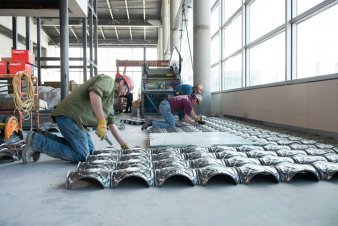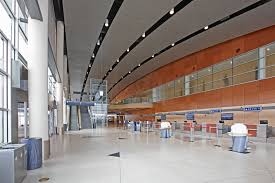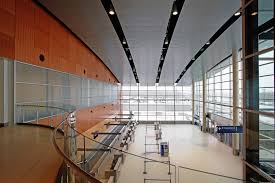Duluth International Airport
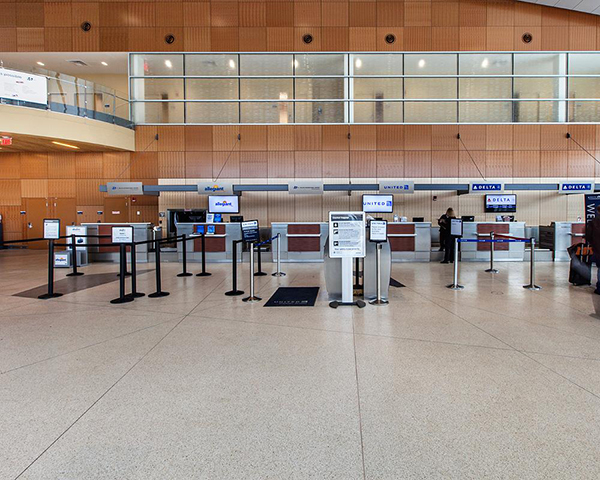
Project: Duluth International Airport
Location: Duluth, MN
Client: Reynolds, Smith & Hills Inc.
Specifications: 100,000 sq ft High Bay space with ceilings up to 34 feet above finished floor.
Project Overview:
The Duluth International Airport creates a dynamic first impression to the port city of Duluth and the region. This commercial airport serves travelers from northern Minnesota, Wisconsin and Canada.
Designed by architectural firm Reynolds, Smith, and Hills, Inc., in conjunction with Stanius Johnson, the new terminal will allow for greatly improved passenger comfort and more amenities than the current terminal could since post-9/11 Department of Homeland Security and FAA requirements were put in place. It will also be much more efficient in all aspects, from the flow of foot traffic to the heating and cooling of the building. From the project’s inception, team members collaborated to create the most efficient and sustainable heating and cooling system possible without compromising occupant comfort during harsh winter months.
It was designed to LEED Silver standards with sustainable green energy features, including geothermal heating, natural lighting, and a highly efficient water system. From project conception, team members collaborated to create the most efficient and sustainable heating and cooling system possible without compromising occupant comfort during harsh winter months. Features include a triple-glazed “acoustic curtain wall” and a radiant “airfloor” incorporating underfloor cavities for distribution of fresh air in larger public spaces. As a result of a geothermal well that meets 75% of heating requirements and 100% of cooling loads, operators expect to achieve a 3.19-ton reduction in CO2 emissions over the system’s projected 40-year life. The Duluth International Airport terminal won the 2013 ENR Midwest Region Best Project award in the Airports/Transit category and received the Minnesota Construction Association 2014 Choice Award of Excellence.
From the project’s inception, team members collaborated to create the most efficient and sustainable heating and cooling system possible without compromising occupant comfort during harsh winter months.

